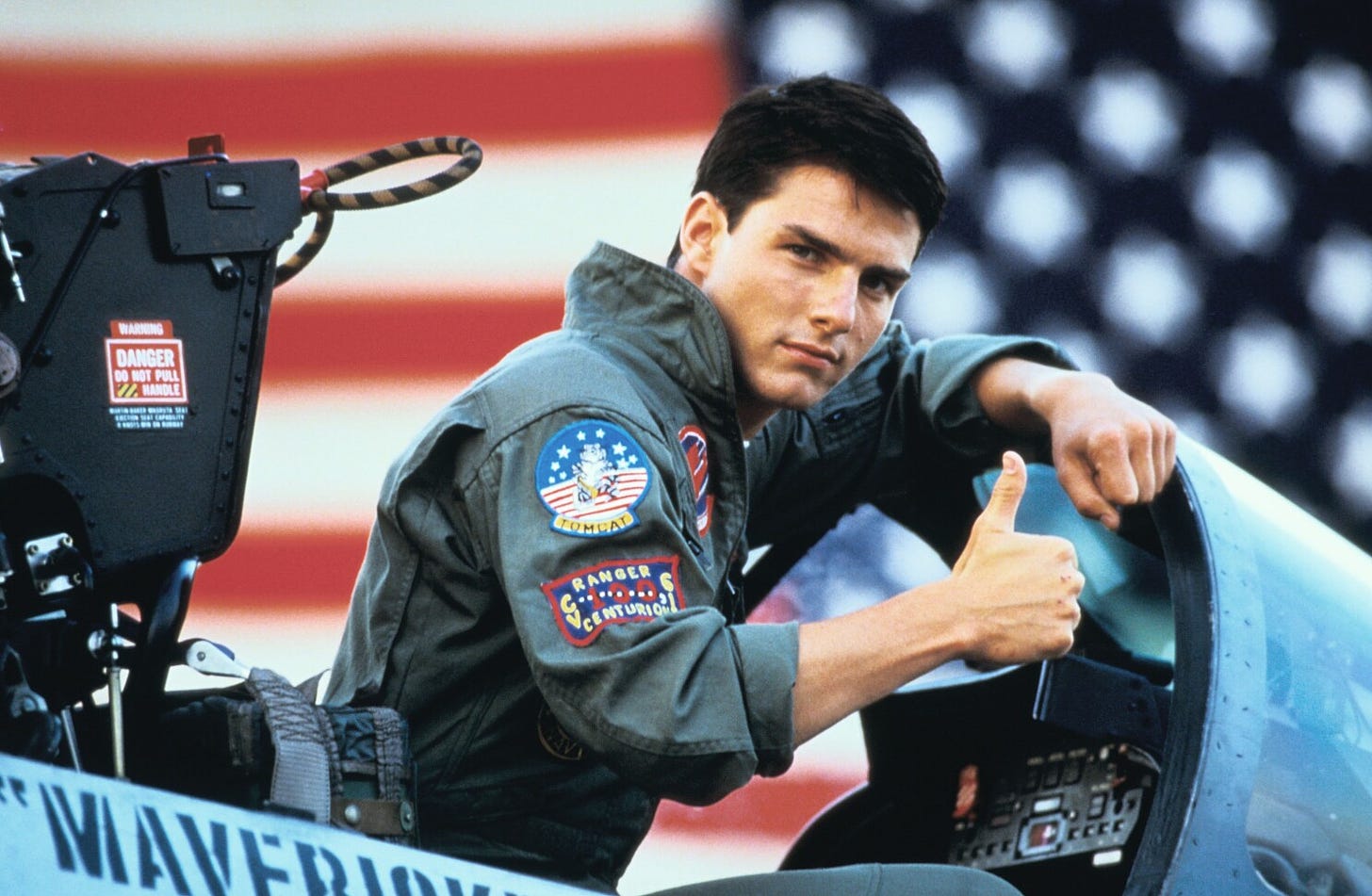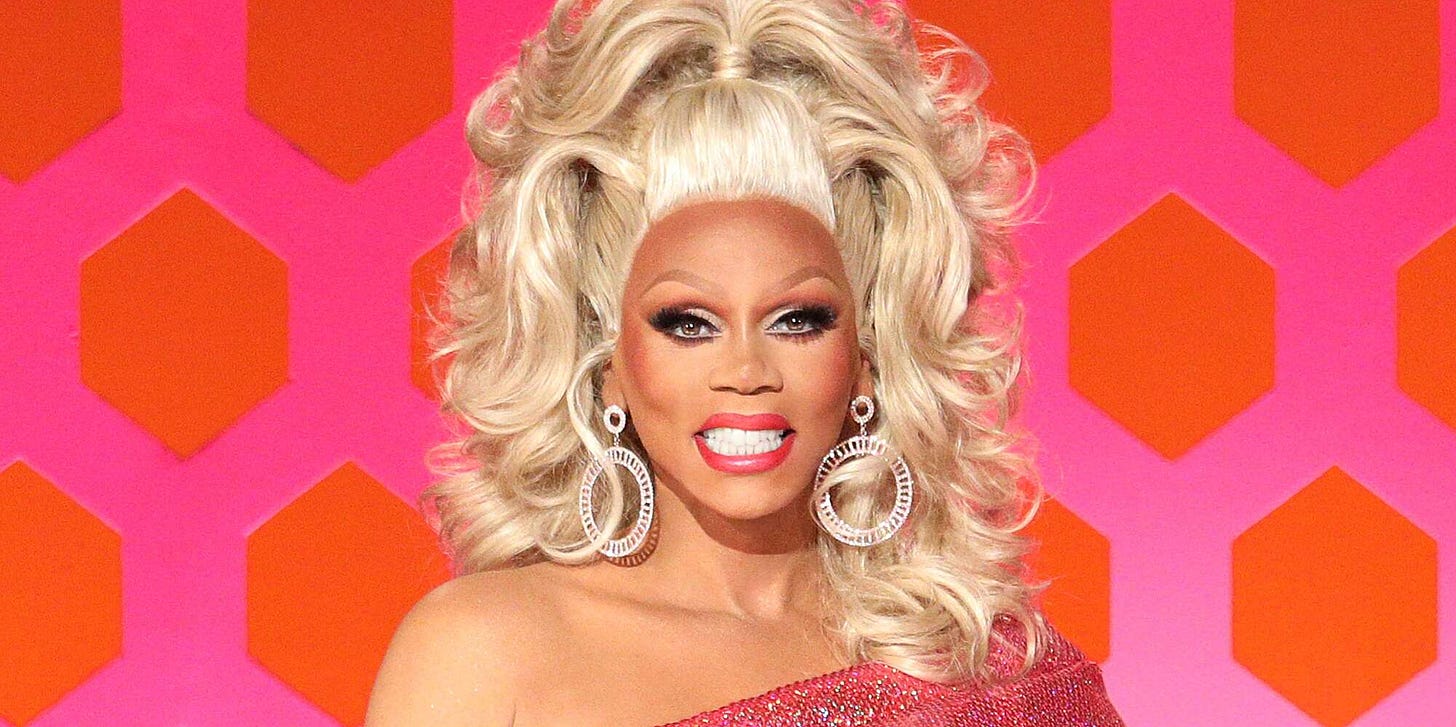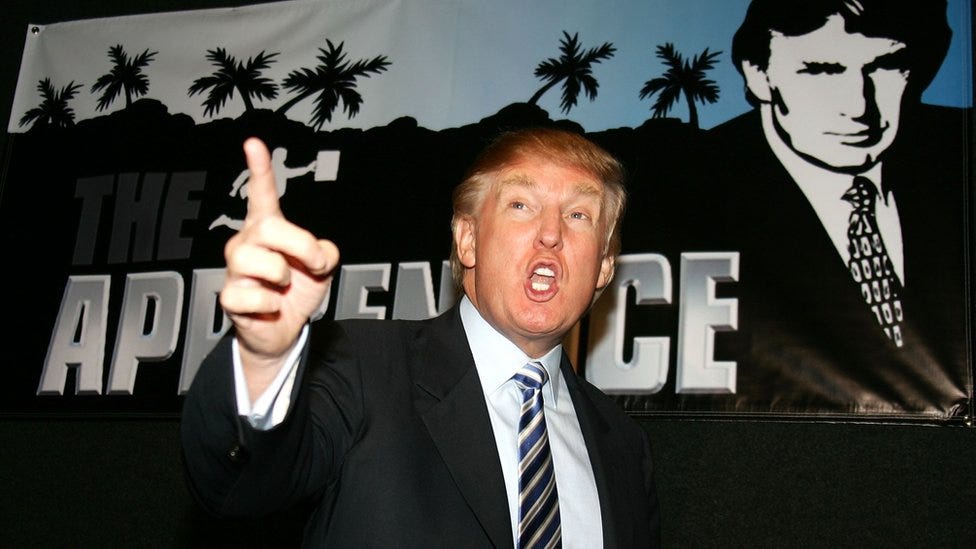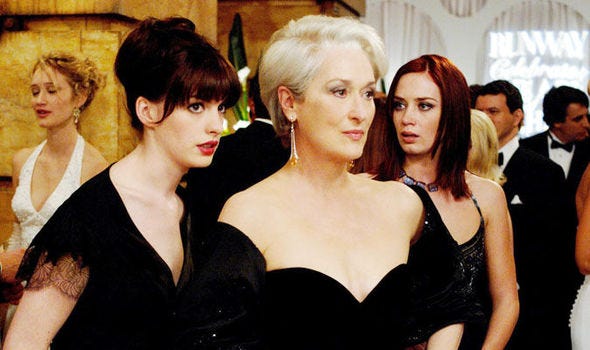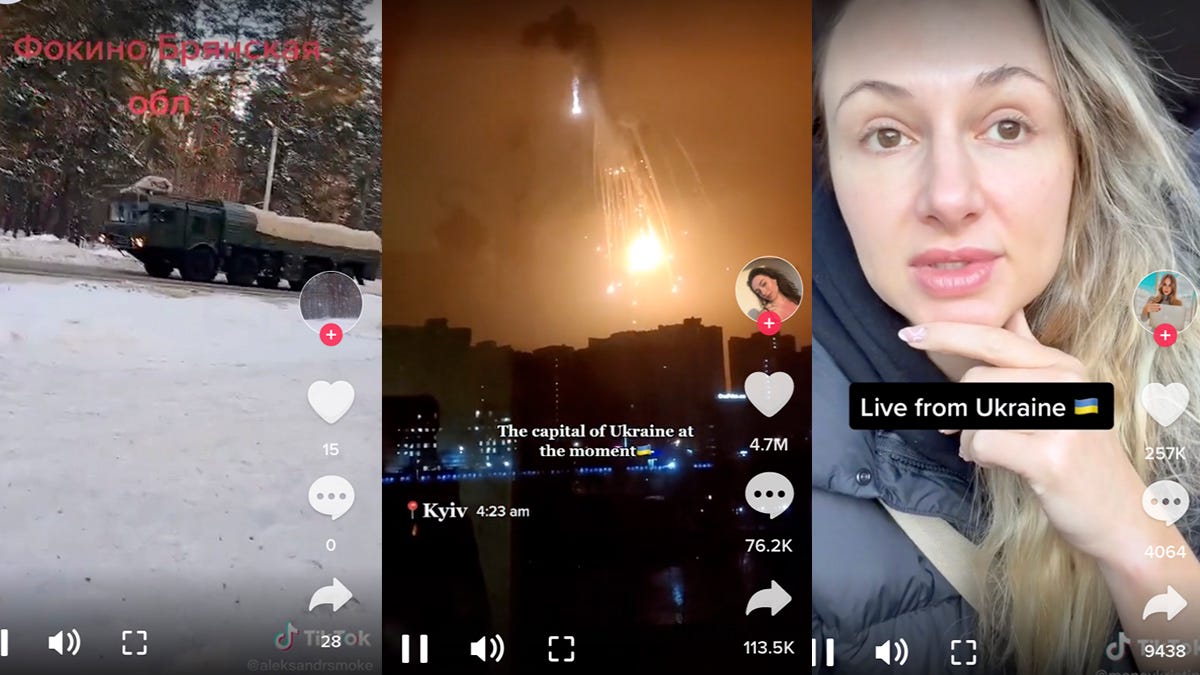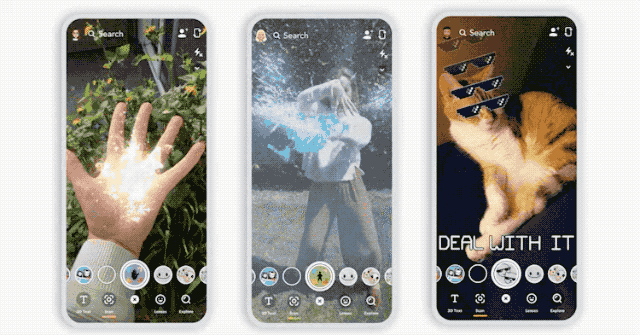This is a weekly newsletter about how tech and culture intersect. To receive Digital Native in your inbox each week, subscribe here:
Hey Everyone 👋 ,
Sending out Digital Native on a Thursday this week given the holiday weekend—and given the fact that we’ve been busy moving into our new place in New York (!) the past few days.
This week’s piece focuses on how media transmits culture, a topic that has always fascinated me and that sits at the root of my interests in content, technology, and behavioral psychology. A side benefit to this piece: lots of recommendations for excellent content 😊
Let’s jump in!
Cultural Transmission In the Internet Age
Over the weekend, Top Gun: Maverick broke the Memorial Day box office record, raking in $156M. It’s a career best for Tom Cruise, who had never had a film open to over $100M.
The Top Gun sequel had me thinking back to the 1986 original, which became the year’s top-grossing film and catapulted Tom Cruise to megastardom. In the year following Top Gun’s release, the U.S. Navy saw a 500% increase in enrollments.
Of course, part of that increase stemmed from the military’s own hustle: after seeing an initial uptick in enrollment interest from the film, the Navy set up booths outside of movie theaters to capture audiences as they were still riding high from the film’s climax. And yes, they’re at it again in 2022—even the Air Force is hoping to snag some confused viewers:

The influence of the original Top Gun raises an interesting question: Was Top Gun a product of 1980s-era Reaganism, or did it help accelerate and solidify that period of American culture? The answer is both. Media has always reflected and influenced mainstream worldviews and behaviors.
The starring role in Top Gun was originally offered to Matthew Modine, who turned it down because as a pacifist, he didn’t want to partake in what he viewed as a disguised advertisement for the U.S. military. Modine instead opted for Full Metal Jacket, which offered a more critical view of the military. Films like M*A*S*H, The Deer Hunter, and Apocalypse Now—all made in the 1970s—shone a similarly negative light on the U.S. military, helping fuel the American public’s anti-war sentiment during the Vietnam years.
Perhaps the most searing commentary on war came from Stanley Kubrick’s Dr. Strangelove. Who can forget the irony in the line, “Gentlemen, you can’t fight in here! This is the War Room!” Dr. Strangelove was so influential that the American military added coded switches to missiles to avoid a nuclear mishap like the one depicted in the film.
Over the decades, we can point to examples of how media has influenced culture. We see it in big topics, like war, and we see it in smaller topics, like chess. Here’s how 2020’s Netflix hit The Queen’s Gambit drove newfound interest in chess:

Much of American culture can be traced to ideas that spread through media. Will & Grace, for instance, has been directly linked to broad public support for marriage equality, which eventually led to the legalization of same-sex marriage. A 2015 Variety poll found that Ellen DeGeneres has influenced gay rights in America more than any other celebrity (Barack Obama came in 2nd). The famous “Puppy Episode” of Ellen’s 90s sitcom Ellen—in which her character comes out as gay to her therapist, played by Oprah—was viewed by 42 million Americans.
In many ways, Pose is a more modern and diverse version of Will & Grace or Ellen, this time pushing forward trans rights just as those shows pushed forward gay rights. As the trans movement lags ~25 years behind the gay rights movement, I expect we’ll one day point to shows like Pose as having had a similar influence on public opinion.
RuPaul’s Drag Race, meanwhile, has succeeded in making drag culture mainstream and celebrated.
Media is also a powerful vehicle for relaying true stories, raising awareness and spurring action. How many Americans would even know about the Rwandan genocide if it weren’t for Hotel Rwanda? Or in the 80s, the excellent film Mississippi Burning painted a vivid portrait of American racism for the movie-going public. And more recently, the Hulu show Dopesick (which I highly recommend) both educated and infuriated viewers about Purdue Pharma and its role in the opioid crisis.
Those are all dramatized depictions of real-life events, but documentaries are often even more impactful.
Blackfish caused Seaworld to cancel their whale breeding program and to halt all live shows featuring Shamu the Orca.
Within six weeks of Super Size Me coming out in 2004, McDonald’s removed the supersize option from its menu and began to introduce more healthy options.
Or take a more recent example: many of my friends now refuse to eat octopus after watching Netflix’s hit doc My Octopus Teacher 🐙
Content—given the sheer scale of its reach—has meaningful real-world repercussions. “America’s Most Wanted” premiered in 1988 and has led to over 1,000 criminals being taken off the street. Law enforcement officials, at first skeptical, came to embrace the show. Or to use a more indirect yet more significant example, The Apprentice undoubtedly led to Donald Trump being elected president by crafting a (false) image of him as a successful and savvy businessman.
What’s also interesting is how every generation brings a fresh worldview, shaped by the content they grew up embracing or rejecting. Gen Z, for instance, sneers at beloved Millennial content that glorifies work. Parks and Rec’s Leslie Knope isn’t a sunny optimist working in small-town government, but an unenviable and impractical workaholic. Same goes for Anne Hathaway’s character in The Devil Wears Prada, who isn’t admirable, but pitiable. These depictions of corporate America don’t resonate with a younger generation.
And we also see a shift in the kinds of pop culture figures that emergent generations choose to promote. (This becomes especially true as everyday people, through social media, can determine who becomes famous, rather than media executives hand-picking celebrities.) Much of Top Gun: Maverick’s dialogue hinted at the decline of Tom Cruise’s Maverick:
“The future is coming and you’re not in it,” someone tells him. Another warns, “This will be your last post, Captain.” And most directly: “The end is inevitable, Maverick. Your kind is headed for extinction.” These quotes can be interpreted as capturing the decline of Tom Cruise’s specific brand of movie star as they can for capturing the decline of his character in the film. Celebrities like Cruise are a dying breed, a relic of a 20th-century culture centered around white leading men. When you look at the people embraced by younger generations—say, the stars of Euphoria—you see a much different image.
What’s interesting to consider is how new forms of media influence culture in new and unexpected ways. There’s a long history of people wringing their hands about new communication technologies. Even Plato, back in 400 B.C., denounced writing as inhumane and warned that writing weakened the mind by destroying our memories. The invention of the printing press in 1440 was seen as a threat to the social order, and particularly to the church. Five hundred years later, the same talking points emerged for television (“It rots your brain!”), and 50 years after that, for the internet.
A year ago, I wrote The Two-Way Mirror of Art and Technology to trace how different forms of communication gave rise to different cultural figures:
Radio gave us FDR
Television gave us JFK and Oprah
Movies gave us Marilyn Monroe and Audrey Hepburn
Social media brought us Kardashian mania 🤳
Our communication technologies deeply influence our cultural touchstones and how we perceive one another. And with each subsequent innovation in communication, ideas 1) spread faster, and 2) reach more people.
We’re seeing this right now with the war in Ukraine, dubbed by some as “the first TikTok war.” We’ve never seen human suffering so up close, captured in the moment by the people experiencing it.
Everyone now has a smartphone, and everyone is now a unit of media transmission.
In the early 1900s, media was still fairly regional: local newspapers, for instance. But starting about 100 years ago, mass-communication media began to erode regional differences and construct a more homogenous national culture. Movies, radio, magazines, TV shows. Now, we’re going full circle with the internet, its algorithms, and its explosion of content creation: we’re returning to cultural silos that aren’t geographic in nature, but digital.
How we consume and discuss media will change. Last week, Niantic (the makers of Pokémon GO) announced Lightship, a developer platform for localized augmented reality. AR will transform how we communicate. Virtual reality, for its part, also continues to pick up speed. It’s been overhyped for a decade, but I expect we’ll look back and realize the hype was deserved all along; it just came too early. (As Tim Sweeney puts it: “I’ve never met a skeptic of VR who has tried it.”)
From one recent imagination of what media might look like in 10 years:
In 2032, you might head out of the latest Marvel flick, slip on your AR glasses, and immediately transform the world around you into Tony Stark’s workshop, complete with your very own interactive J.A.R.V.I.S. There's even the possibility of inserting yourself—or an avatar of yourself—into your favorite movies or shows while they're unraveling. Or you might head out of a new Star Wars flick, slip on your AR glasses, and immediately transform the world around you into a wall-to-wall Tatooine, complete with a Siri-like droid as your sidekick.
Much of VR and AR today center around gaming and entertainment. But we also see immersive experiences emerging that teach empathy. “Notes on Blindness” uses VR to explore a man’s sensory and psychological experience while losing his vision. “We Live Here” follows a homeless woman living in a tent city in LA from her perspective, all through VR. How can new forms of storytelling with new mediums change culture in new ways? Take school shootings. In the 20 years since Michael Moore’s Bowling for Columbine, little has changed. Maybe a virtual reality film—perhaps experienced from the point of view of a child—could finally elicit real action from the pro-gun right. New communication technologies will (hopefully) influence culture in new, positive ways.
To bring things full circle, let’s end on Tom Cruise. Tom Cruise has arguably been more visible in recent years not through his films, but through the viral TikTok account @deeptomcruise. The person in this video is not, in fact, Tom Cruise, but a creator using deepfake technology to appear virtually identical to the movie star:
VR, AR, deepfakes. New media technologies are rapidly emerging. Looking back on the past few decades of media, it’s clear that the content that catches hold plays a foundational role in sculpting how we live and think and interact. As the technologies with which we create and communicate change, cultural transmission will change in tandem.
Sources & Additional Reading
Internet, Social Media, and Changing Culture | Aspen Review
Impact of Films | Tina Kubrak
Movies and Culture | UMN
Hollywood in 2032 | Entertainment Weekly
Related Digital Native Pieces
Thanks for reading! Subscribe here to receive Digital Native in your inbox each week:



